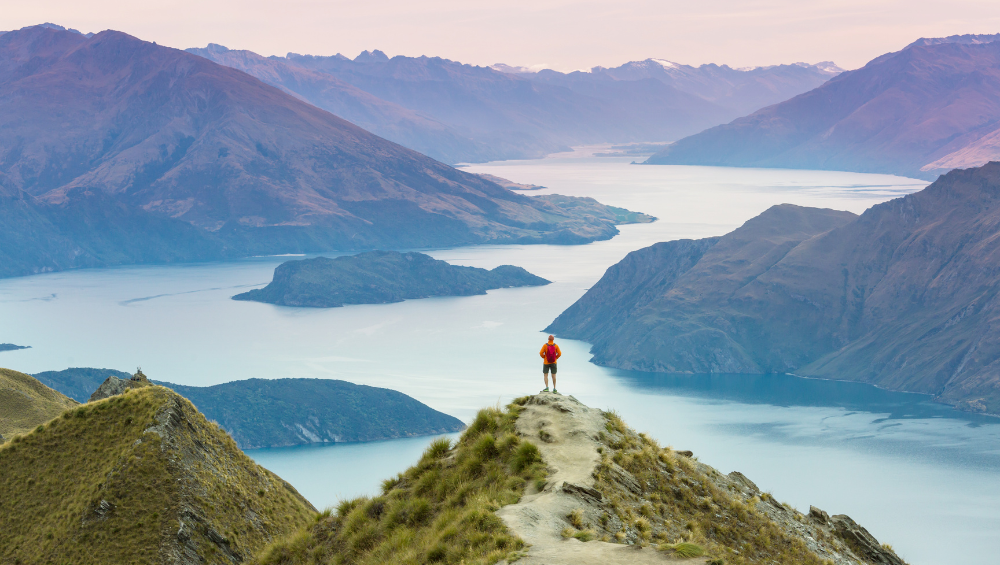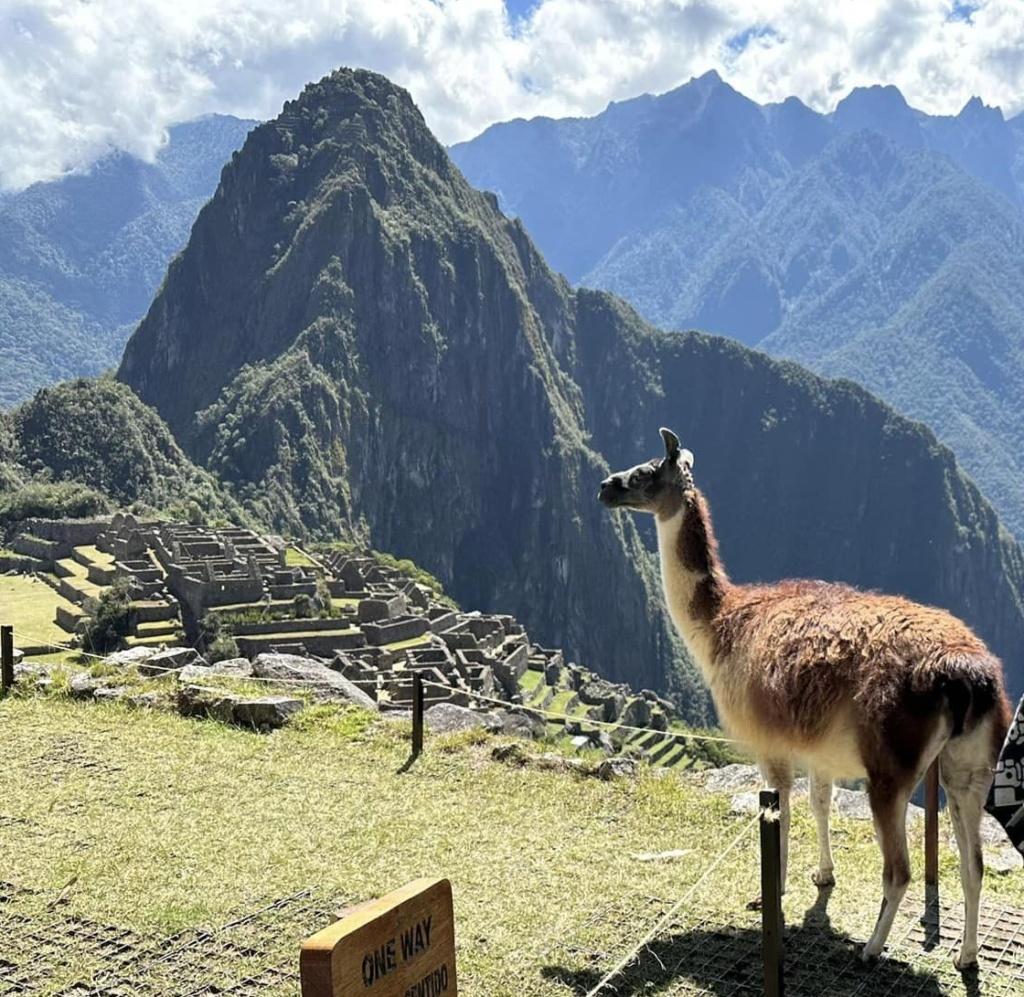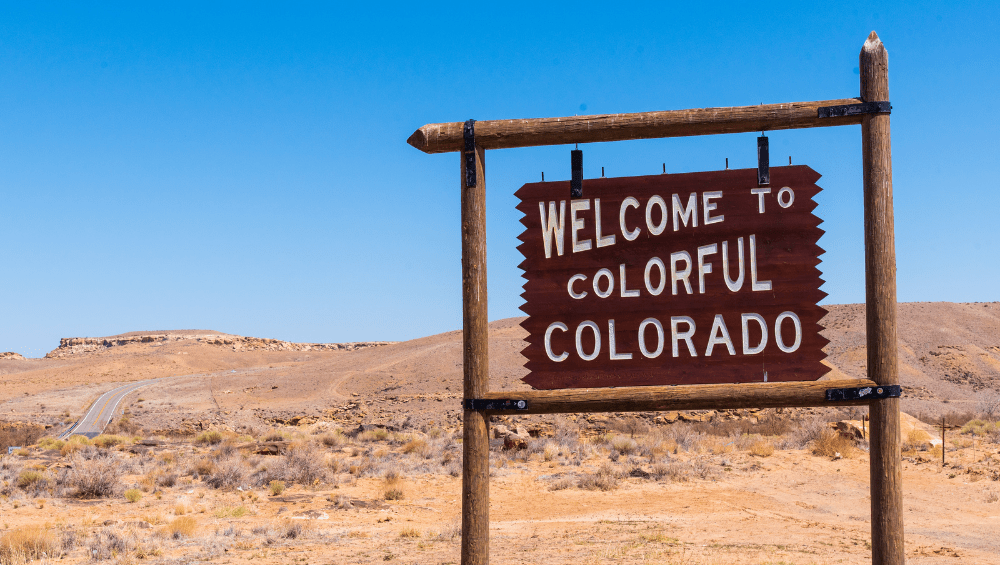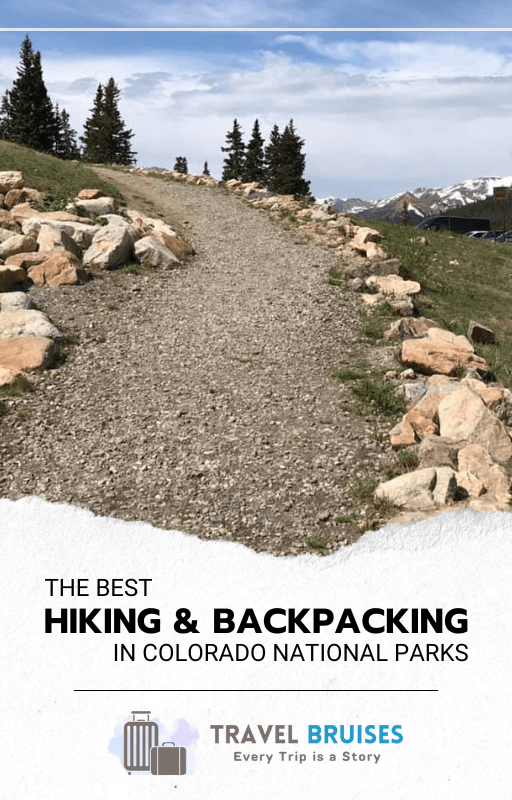Table of Contents
Note: This blog is written from personal experience. Even though we live in Denver Colorado (so I thought we were “safer” from altitude sickness), five out of our group of six people went to the doctor or hospital in Peru. Altitude sickness is very serious. For medical advice, please consult a doctor before or during your trip.
Imagine standing on a breathtaking mountain peak, surrounded by panoramic views of snow-capped peaks, crisp alpine air filling your lungs, and a sense of accomplishment that only high-altitude adventures can provide. It’s a dream for many travelers, but it comes with a potential downside: altitude sickness. In this guide, we’ll explore what altitude sickness is, the top travel destinations where it’s likely to strike, tips for avoiding it, and when it’s crucial to seek medical attention.
What is Altitude Sickness?
Altitude sickness, also known as acute mountain sickness (AMS), is a condition that can affect individuals when they rapidly ascend to high altitudes. As you ascend to higher elevations, the air pressure decreases, leading to a lower oxygen level in the atmosphere. This decrease in oxygen can cause a range of symptoms, which, if left untreated, can become severe and even life-threatening.

Symptoms of Altitude Sickness
Before we delve into the top travel destinations where altitude sickness can strike, it’s important to recognize the symptoms. These symptoms typically develop within hours to days after ascending to high altitudes. They can range from mild to severe and include:
- Headache: Often the first symptom to manifest, a headache is a clear warning sign. It’s generally throbbing and gets worse during the night and when you wake up.
- Loss of Appetite & Nausea: You might find that your hunger diminishes and you may feel nauseous. In some cases, this can progress to vomiting.
- Fatigue or Weakness: Even minimal effort can leave you feeling exhausted and weak, a sign that your body is struggling with decreased oxygen levels.
- Dizziness or Lightheadedness: You may feel unsteady or have a sensation of spinning (vertigo). This symptom often occurs when you stand up.
- Difficulty Sleeping: Despite feeling tired, you might find it difficult to fall asleep or stay asleep. This can exacerbate other symptoms due to lack of rest.
- Shortness of Breath: You may struggle to catch your breath, particularly when exercising, but also at rest as altitude sickness progresses.
- Rapid Heart Rate: Your heart may pound or beat irregularly as it strives to deliver more oxygen to your body.
- Reduced Urination: Output of urine may decrease as your body tries to retain more fluid.
- Peripheral Edema: Swelling in the hands, feet, and face could occur due to fluid accumulation.
- Changes in Mood or Behavior: You may feel anxious, irritable, or disoriented. Difficulty with coordination and balance can also occur.
Please note that if symptoms become severe or persist, medical attention is crucial. Severe altitude sickness can lead to complications such as High Altitude Pulmonary Edema (HAPE) or High Altitude Cerebral Edema (HACE), both of which can be life-threatening.
Comparing Altitudes: World’s Tallest Buildings vs High Elevation Destinations
To truly understand the magnitude of these high-altitude destinations and the potential impact on your body, let’s compare them to some of the tallest buildings in the world. The Burj Khalifa in Dubai stands as the tallest man-made structure, reaching 828 meters (2,717 feet) into the sky. Yet, it’s dwarfed by Mount Everest, the highest peak in the world, soaring to 8,848 meters (29,029 feet) above sea level.
Even lower-altitude destinations can rival skyscrapers. For instance, Denver, often called the “Mile-High City,” sits at an altitude of 1,609 meters (5,280 feet), which is over twice the height of the Shanghai Tower, the second tallest building in the world at 632 meters (2,073 feet).
These high-altitude destinations present a significantly different experience compared to urban skyscrapers. The rapid ascent to these altitudes brings with it the potential for altitude sickness, emphasizing the importance of proper acclimatization and preparedness.

Top 12 Travel Destinations Prone to Altitude Sickness
While altitude sickness can strike anywhere with high elevations, some destinations are more prone to it due to their popularity among travelers and the rapid altitude gain.
Here are 12 top destinations where you should be particularly cautious:
1. Everest Base Camp, Nepal
Located at a dizzying 17,600 feet (5,364 meters) above sea level, Everest Base Camp is a dream destination for trekkers. However, the rapid ascent to this altitude increases the risk of altitude sickness.
Tip: Spend a few days acclimatizing in the Khumbu region before heading to the base camp. Hydration and a slow ascent are key.
2. Machu Picchu, Peru
Machu Picchu, the ancient Incan citadel, sits at an altitude of 7,970 feet (2,430 meters). Visitors often combine their visits with hikes like the Inca Trail, where they can experience altitude-related issues.
Tip: Choose a trek that allows gradual acclimatization and consider altitude sickness medication.
3. Lhasa, Tibet
The capital of Tibet, Lhasa, sits at a high altitude of 11,975 feet (3,650 meters). The sudden elevation change can make travelers susceptible to AMS.
Tip: Spend your first day or two in Lhasa resting and exploring at a slow pace to acclimatize.
4. Cusco, Peru
Cusco, a popular starting point for Machu Picchu treks, is situated at an elevation of 11,152 feet (3,399 meters).
Tip: Spend a few days in Cusco acclimatizing before attempting any strenuous activities.
5. La Paz, Bolivia
La Paz, the administrative capital of Bolivia, is situated at a dizzying 11,942 feet (3,640 meters) above sea level.
Tip: Allow a few days for acclimatization before exploring the city and surrounding areas. Consider taking altitude sickness medication if necessary.
6. Kilimanjaro, Tanzania
Kilimanjaro is the highest mountain in Africa, standing tall at a height of 19,341 feet (5,895 meters). The chance of experiencing altitude sickness on your ascent is significant, due to the rapid gain in altitude.
Tip: Choose a route that allows for slow ascent and proper acclimatization. Consider taking altitude sickness medication under supervision.
7. Quito, Ecuador
The capital of Ecuador, Quito, is dramatically situated at an elevation of 9,350 feet (2,850 meters). Its high altitude can potentially lead to symptoms of AMS among visitors.
Tip: Take your first few days in Quito to rest and gradually acclimatize, before setting out to explore.
8. Denali National Park, Alaska, USA
Home to the highest peak in North America, Denali, at 20,310 feet (6,190 meters), Denali National Park is a hotspot for altitude sickness due to the quick elevation gain during climbs.
Tip: Allow ample time for acclimatization during your climb, hydrate well, and consider using altitude sickness medication if necessary.
9. Leh-Ladakh, India
Leh, the capital of Ladakh, rests at a whopping 11,562 feet (3,524 meters) above sea level. The sudden change in altitude can trigger symptoms of AMS in travelers.
Tip: Spend the first day or two resting, hydrating, and acclimatizing in Leh before setting out on any treks or sightseeing.
10. Bogota, Colombia
Bogota, the capital city of Colombia, sits at a significant elevation of 8,660 feet (2,640 meters).
Tip: Take it slow when you first arrive. Rest, hydrate, and acclimatize before exploring the city and surrounding areas. Consider taking altitude sickness medication if necessary.
11. Denver, Colorado, USA
Known as the “Mile-High City,” Denver sits at an elevation of approximately 5,280 feet (1,609 meters) above sea level. Being one of the most major cities in the United States, visitors from lower-altitude areas may experience symptoms of altitude sickness.
Tip: Take some time to adjust to the new altitude before engaging in strenuous activities like hiking or skiing. Keep hydrated and consider taking altitude sickness medication if necessary.
12. Mexico City, Mexico
Mexico City, one of the highest capital cities in the world, is located at an altitude of 7,350 feet (2,240 meters). The considerable elevation may lead to mild altitude sickness symptoms in some visitors, especially those coming from sea level.
Tip: Allow your body time to acclimatize to the altitude difference by taking it easy during the first few days of your visit. Stay hydrated and consider taking altitude sickness medication if necessary.
Tips for Avoiding Altitude Sickness
Now that we’ve highlighted some high-risk destinations, let’s explore essential tips for avoiding altitude sickness during your high-altitude travel:
1. Ascend Gradually
One of the most effective ways to prevent altitude sickness is to ascend gradually. Give your body time to acclimatize to the decreasing oxygen levels by taking it slow and avoiding rapid ascents.
2. Stay Hydrated
Dehydration can exacerbate altitude sickness symptoms. Drink plenty of water throughout the day, and avoid alcohol and caffeine, as they can dehydrate you.
3. Consider Medications
Consult your healthcare provider or a travel medicine specialist about altitude sickness medications. Acetazolamide (Diamox) is a common prescription drug that can help prevent or alleviate symptoms.
4. Listen to Your Body
Pay close attention to your body’s signals. If you start experiencing symptoms of altitude sickness, such as a severe headache or shortness of breath, it’s crucial to descend to a lower elevation immediately.
5. Avoid Alcohol
Alcohol can severely exacerbate the effects of altitude sickness. It not only dehydrates the body, which is harmful at high altitudes, but it can also cause dizziness, nausea, and headaches – all symptoms similar to sickness. Therefore, it’s advisable to avoid alcohol consumption when at high elevations until your body has had the chance to properly acclimatize.
6. Ask for Oxygen
In many high-altitude destinations, it is common for hotels to have oxygen available for guests experiencing symptoms of altitude sickness. Don’t hesitate to ask the hotel staff for oxygen if you’re feeling unwell. This can help alleviate symptoms and aid in your acclimatization to the altitude.
7. Know When to Seek Medical Attention
Altitude sickness can range from mild to severe. If symptoms worsen or if you develop high-altitude pulmonary edema (HAPE) or high-altitude cerebral edema (HACE), which are life-threatening conditions, seek medical help immediately.

Seek Medical Attention for Altitude Sickness
Before embarking on your high-altitude adventure, it’s imperative to consult with a healthcare provider or travel medicine specialist familiar with altitude sickness. They can provide advice based on your health history and the specifics of your trip.
Once you are on your journey, continuously monitor your health. If you feel unwell, or if symptoms of sickness appear, do not hesitate to seek immediate medical attention. It’s crucial to remember that altitude sickness can escalate rapidly, so prompt action is necessary.
Remember, safety always comes first when traveling, especially in high-altitude areas.
High-Altitude Pulmonary Edema (HAPE)
HAPE is a severe form of altitude sickness that affects the lungs. Symptoms include extreme shortness of breath, a persistent cough, and pink or frothy sputum. HAPE is a medical emergency, and you should descend to lower elevations and seek immediate medical attention.
High-Altitude Cerebral Edema (HACE)
HACE is a rare but life-threatening condition that affects the brain. Symptoms include confusion, loss of coordination, and a severe headache that doesn’t respond to pain medication. Like HAPE, HACE requires immediate descent and medical attention.
Altitude & Travel
High-altitude adventures can be incredibly rewarding, offering some of the most breathtaking landscapes and experiences on Earth. However, it’s essential to be aware of the risks associated with altitude sickness and take precautions when traveling to high-altitude destinations.
Remember to ascend gradually, stay hydrated, consider medication if necessary, and, most importantly, listen to your body. If symptoms worsen or if you suspect HAPE or HACE, don’t hesitate to seek medical help. With the right precautions, you can enjoy your high-altitude adventures safely and with peace of mind.
Unlock Adventure with the Best Hiking & Backpacking in Colorado National Parks

Looking to explore the best hiking and backpacking trails in Colorado National Parks? The Best Hiking & Backpacking in Colorado National Parks guide has got you covered! With detailed descriptions and insider tips, our guide is your ultimate roadmap to experiencing the natural beauty of Colorado’s rugged terrain.
The Best Hiking & Backpacking in Colorado National Parks guide provides detailed information about the top hiking and backpacking destinations in Colorado’s national parks, including Rocky Mountain National Park, Great Sand Dunes National Park, and Mesa Verde National Park. We also highlight lesser-known trails that offer stunning vistas and wildlife sightings for the intrepid adventurer.
Whether you’re a seasoned backpacker or a first-time hiker, our guide includes essential information on trail difficulty, duration, camping options, and safety considerations.
Get your copy of our guide now and start planning your next adventure! Get your free copy today.
FAQs about Altitude Sickness
What is altitude sickness?
Altitude sickness, also known as acute mountain sickness, is a condition that can occur when one quickly travels to a high altitude, typically above 8,000 feet. The decrease in atmospheric pressure makes it harder to breathe and deprives the body of oxygen, potentially leading to symptoms such as headaches, nausea, dizziness, and shortness of breath.
Who is at risk for altitude sickness?
Anyone can potentially experience altitude sickness, regardless of age, physical fitness, or previous experience. However, some people are more susceptible than others. Risk factors include a quick ascent to high altitudes, a high degree of physical exertion, and a personal or family history of altitude sickness.
Can altitude sickness be Prevented?
Yes, there are several strategies to prevent altitude sickness. These include ascending gradually to allow the body to acclimatize to the reduced oxygen levels, staying hydrated, avoiding alcohol and caffeine, and considering medications as approved by your doctor.
How is altitude sickness treated?
The first line of treatment for altitude sickness is to descend to a lower altitude as safely as possible. Rest, hydration, and over-the-counter medications may help alleviate symptoms. In severe cases, prescription medication, oxygen. and a visit to the doctor may be required.
When should I seek medical attention for altitude sickness?
Seek medical attention immediately when you recognize the symptoms. Symptoms such as severe shortness of breath, persistent cough, confusion, loss of coordination, or severe headache, indicate a severe form of altitude sickness like HAPE or HACE and require immediate medical attention.



